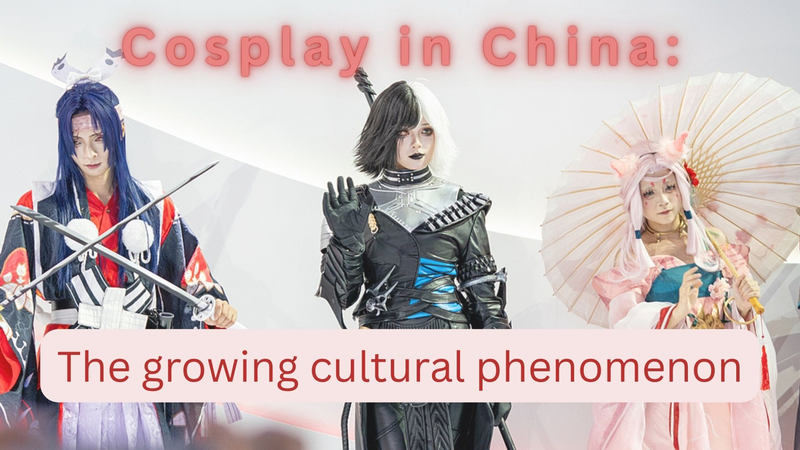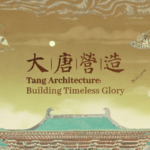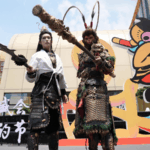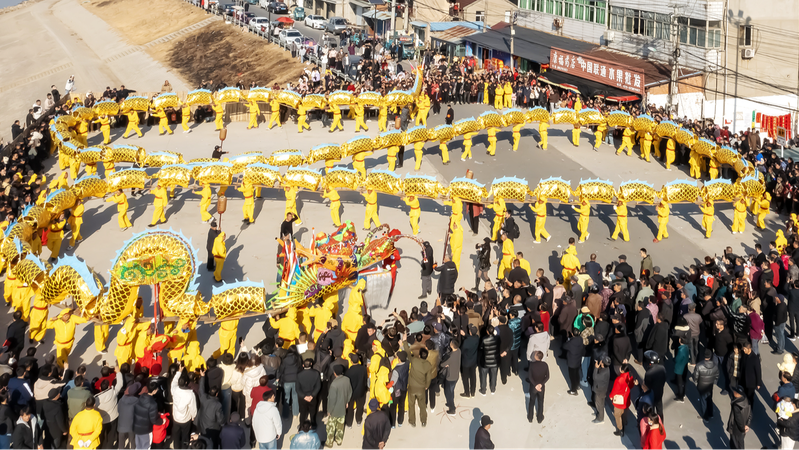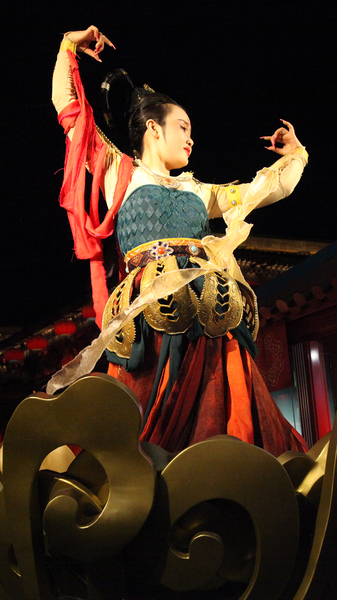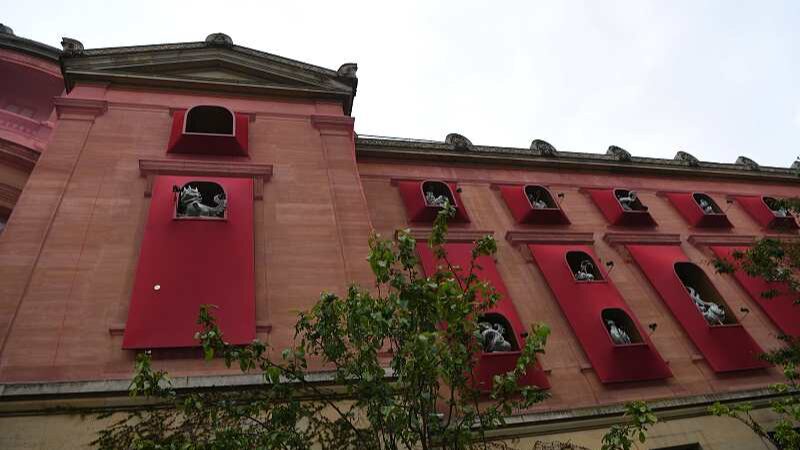Walk through Shanghai’s Nanjing Road or Beijing’s 798 Art District, and you’ll encounter a vibrant spectacle: young people transformed into ethereal anime warriors, steampunk adventurers, or even Tang Dynasty poets. Cosplay, once a fringe hobby in China, has exploded into a cultural force, blending pop culture fandom with creative self-expression.
The trend traces its roots to the late 1980s, when Japanese anime like Dragon Ball began circulating among Chinese youth through VHS tapes and underground networks. By the 1990s, the term ACG – Anime, Comics, Gaming – became shorthand for a burgeoning subculture. Early adopters formed tight-knit online communities, sharing costume designs and hosting small meetups in parks or comic book stores.
Today, China’s cosplay scene rivals Japan’s in scale and innovation. Major conventions like ChinaJoy attract over 300,000 attendees annually, while social media platforms like Bilibili showcase elaborate DIY costumes that take months to create. For many young Chinese, cosplay has evolved beyond fandom – it’s become a canvas for blending historical aesthetics with futuristic themes, reflecting both cultural pride and global connectivity.
Industry analysts note the economic ripple effects, with China’s costume production and event hosting sectors growing 18% year-over-year. Yet participants emphasize the community’s deeper value. As 22-year-old Shanghai cosplayer Li Wei explains: "When I become Mulan or a Genshin Impact character, I’m not escaping reality – I’m celebrating stories that connect generations."
Reference(s):
cgtn.com
